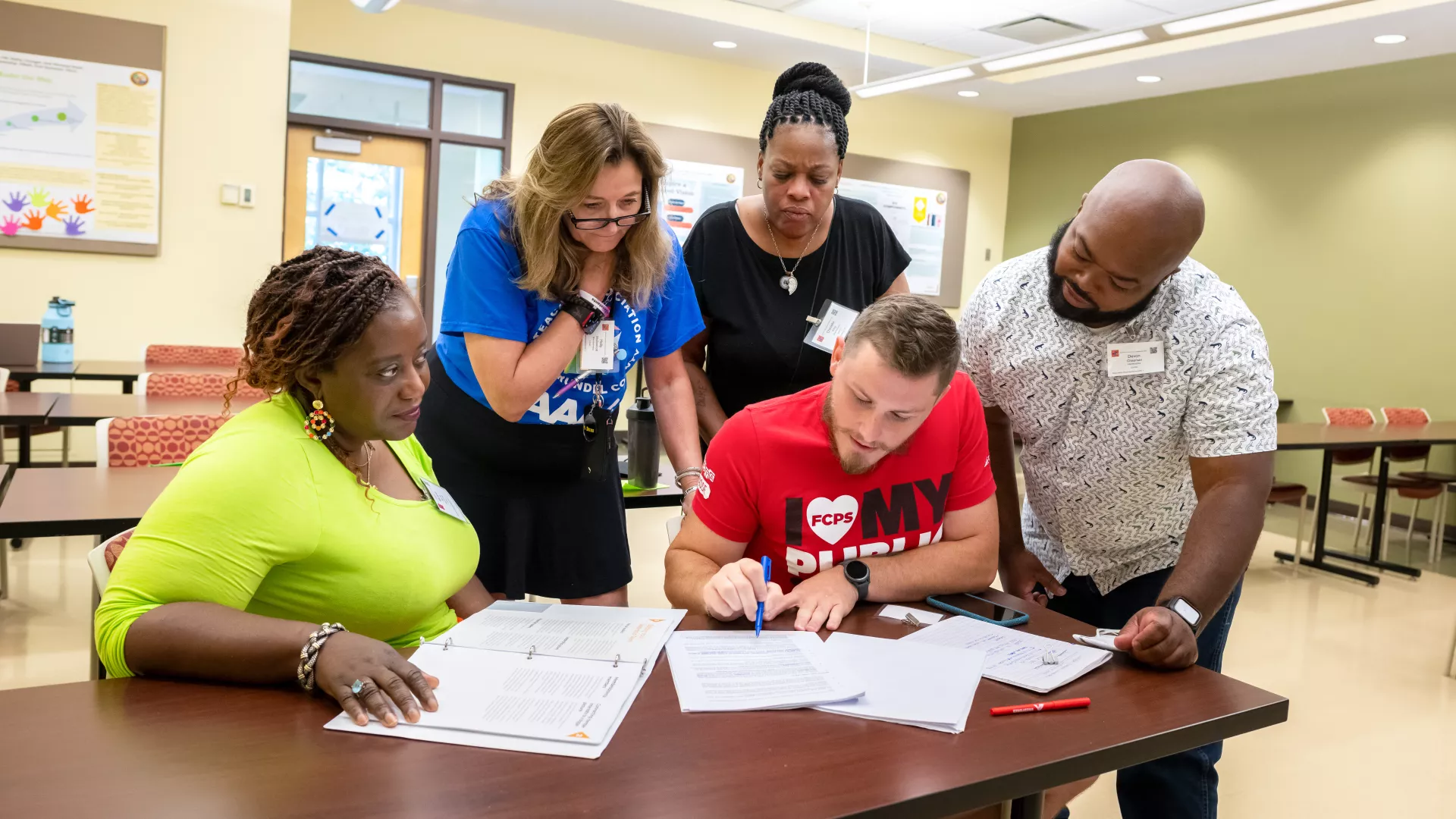States with public sector bargaining laws offer additional protection for union activity and educators’ speech about workplace conditions.
The protections vary by state, but generally prevent employers from firing, disciplining, or threatening employees for engaging in union activity or working together to address workplace concerns.
In states that have modeled their public sector bargaining law on the In 1935, Congress passed the National Labor Relations Act (“NLRA”), making clear that it is the policy of the United States to encourage collective bargaining by protecting workers’ full freedom of association. The NLRA protects workplace democracy by providing employees at private-sector workplaces the fundamental right to seek better working conditions and designation of representation without fear of retaliation. (which applies only to private-sector employers and employees), educators are protected when they are engaging in “concerted activity,” meaning actions or discussions that employees take to address the terms and conditions of their employment.
The general rule under the National Labor Relations Act is that even individual employee speech and action can be protected, if the speech attempts to persuade other employees to join in addressing wages, benefits, and working conditions, for example by starting a petition.
Depending on the circumstances, those protections can extend to employees’ distribution of union literature or posting of union signs in non-work areas during non-work time as well as to wearing union buttons and clothing bearing union insignia on work time.
Because the availability of these protections are highly fact-sensitive, this is an area in which it is particularly important to consult union counsel if you have a question whether any particular activity is protected.
State Law
State collective bargaining law varies, however, even in states that generally follow the National Labor Relations Act. Some state bargaining laws provide narrower protections than those of the National Labor Relations Act.
Washington, for instance, protects educators’ right to organize unions and collectively bargain, but does not provide broad protections for concerted activities, and only protects speech and activity that are directly related to union representation and collective bargaining.
Public sector bargaining laws and the NLRA typically do not protect speech that is just “griping” or complaining about workplace conditions without calling for any change in those conditions.
These laws also do not prevent an employer from disciplining or firing you for knowingly making false statements about your school, doing or saying something offensive, or publicly disparaging the school without tying your complaints to working conditions. But remember, you may have First Amendment protections for off-duty complaints about your school on matters of public concern.
Is there collective bargaining in your state?
Collective Bargaining Agreements
For states where public sector An exchange of ideas between unions and management who must negotiate in good faith over the terms and conditions of employment such as salary, benefits, and working conditions. Collective bargaining can also be used to secure student-centered demands like a full-time nurse in every school, recess, or fewer standardized tests. is required or allowed, the The resulting legal, binding agreement that codifies the language that was agreed upon in collective bargaining. It becomes effective after union members ratify the tentative agreement. (CBA) between the employer and the local union provides additional protections for educators.
CBAs often contain provisions related to discipline of educators, academic freedom, and safety protections for educators. These protections vary based on the specific agreement in place in each district at the given time.
If your employment is subject to a CBA, contact your local union for assistance in accessing the CBA and understanding what protections it provides.
This page is intended to provide general information. For specific advice, you should always contact your local union or attorney.
Join Our Movement



